
These articles encapsulate the past, present, and possible future of process-scale chromatography in biopharmaceutical production.


These articles encapsulate the past, present, and possible future of process-scale chromatography in biopharmaceutical production.
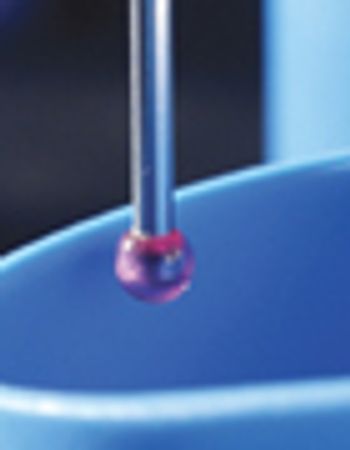
This article shows how Probabilistic Tolerance Intervals of the form, "We are 99% confident that 99% of the measurements will fall within the calculated tolerance limits" can be used to set acceptance limits using production data that are approximately Normally distributed. If the production measurements are concentrations of residual compounds that are present in very low concentrations, it may be appropriate to set acceptance limits by fitting a Poisson or an Exponential Distribution.
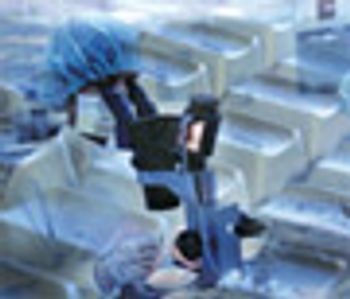
Development reports document process development and support the design of validation experiments, yet in many firms training is not provided nor are expectations established. This article describes how project managers can help scientists master the art of report-writing.

Capital investments in production plants represent a significant portion of the cost of new recombinant drugs

Extra column effects must be accounted for to make a valid comparison
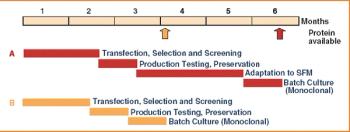
Over the last three decades, numerous protein expression systems have been developed with various quality requirements on large and small scales. Huge steps have been made in large-scale protein production in mammalian systems while the small-scale mammalian systems are expensive and inflexible. Thus, small-scale production is done in simpler expression systems, sometimes sacrificing the quality of the proteins. However, relief is on the way.
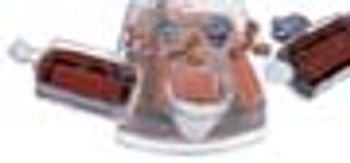
The cell density achieved in a CELLine bioreactor is typically 1 to 2 orders of magnitude higher than in a conventional culture vessel
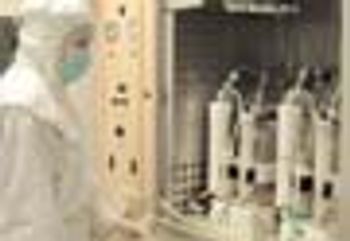
Cell-line and process development expertise, along with disposable systems, assist in implementing strategies for fast expression enhancements.
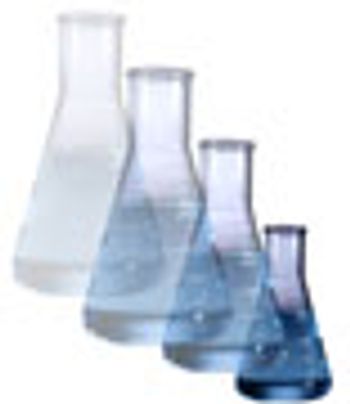
Creation and qualification of scale-down models is essential for performing several critical activities that support process validation and commercial manufacturing. This combined article is the fifth in the "Elements of Biopharmaceutical Production" series. Part 1 (March 2005) covered fermentation. In this segment, we present some guidelines and examples for scale-down of common downstream unit operations used in biotech processes - chromatography and filtration.

Lot-to-lot variations between raw materials can greatly impact process performance.

In order to institute a GxP mindset across the organization, support and respect for quality systems should come from the top down.
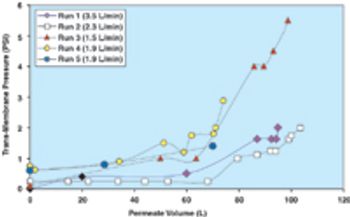
Filtration is one of the most commonly used unit operations in the manufacturing of biopharmaceuticals. This is the second part of the fourth article in the "Elements of Biopharmaceutical Production" series. In this second segment, Manoj Menon and Frank Riske present an approach for the development and optimization of a TFF application, followed by a contribution from Jennifer Campbell and Elizabeth Goodrich reviewing key issues involved in validation of a TFF step.
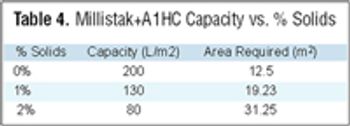
Filtration is one of the most commonly used unit operations in biopharmaceutical manufacturing. Available formats include direct or normal flow filtration (NFF) and cross or tangential flow filtration (TFF). These methods are used for sterilization and virus filtration, depth filtration or ultrafiltration, and diafiltration applications. Some common objectives include:

Although gene therapy and DNA vaccination suggest promising new approaches to disease treatment - and nonviral vectors (which are cheap and easy to manufacture) afford low immunogenicity, better safety profiles, and improved stability - commercial-scale purification of plasmid DNA remains difficult, particularly if bovine-derived ribonuclease A is left out of the process. This article series reviews the benefits and limitations of current plasmid DNA purification and suggests an RNase-free downstream process that is scalable, robust, and meets the requirements set by industry regulators.